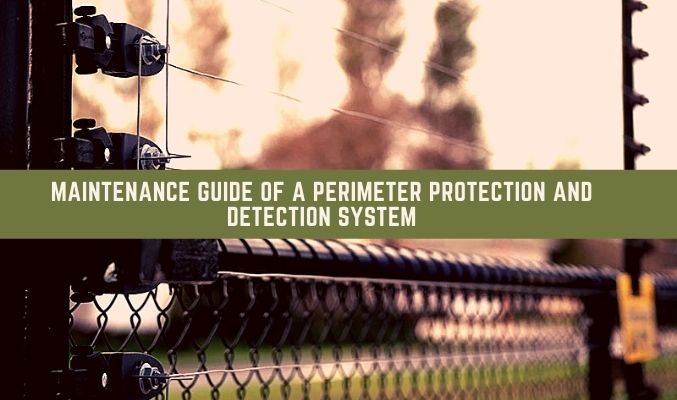

Like all other systems, perimeter protection and detection systems require the operator to perform maintenance and service procedures in order to maintain a functional level of protection.
They are highly sophisticated and complicated that, without proper maintenance and service, cannot be considered reliable and cannot guarantee the achievement of their primary goals. Here are some maintenance tips:
Are there objects and/or plants that interfere with the system? Are there any holes, cracks, notches, or the like in the fence? Is there any damage to poles, fence posts, cable, or connectors? Is dirt or other material attached to the sensor cable? Is the sensor cable properly tensioned? Are all strain reliefs properly installed?
During the survey, you should answer these questions. You should hire a qualified person to carry out the survey. The inspection frequency is at least twice a year, but this may vary depending on the system’s location and conditions of use. If no operating manual exists, the inspection must take place at least once every six months.
Mechanical damage can occur when driving into the site or during maintenance work. The most common cause of mechanical damage is driving into the PIDS zone with vehicles and other mobile equipment, as well as during attachment. The inspection must focus on signs of mechanical damage to the fence, poles, and other components. Particular attention should be paid to signs of cutting or breakage of the fence, poles, and other components.
Visual inspection for abnormalities related to general wirings such as loose connections, improper connections, damaged wires, and broken cables. Wires should be protected from rodents and other animals that can damage them by gnawing through insulation. Wires that are not insulated should not be laid directly in the ground. They should be placed in a conduit to prevent corrosion due to contact with soil and moisture, as well as with rodent damage.
When inspecting the system, all defects found must be repaired immediately. If maintenance operators repair the defects themselves, they must record their work in the repair logbook and sign it. If a specialist is called in to repair the defect, the manufacturer’s name and address must be entered in the logbook along with a description of the work carried out, its duration, and time of completion. The maintenance operator must also sign this entry.
To ensure proper operation of the perimeter protection and detection system and to avoid danger, maintenance must be carried out regularly. Maintenance may include adjustments, testing, repair, or replacement of components.
Ideally, maintenance work must be performed at regular intervals in accordance with instructions issued by the manufacturer, exactly as described in these instructions, taking into account specific site conditions. This is to ensure the higher effectiveness and longevity of the perimeter protection and detection system.